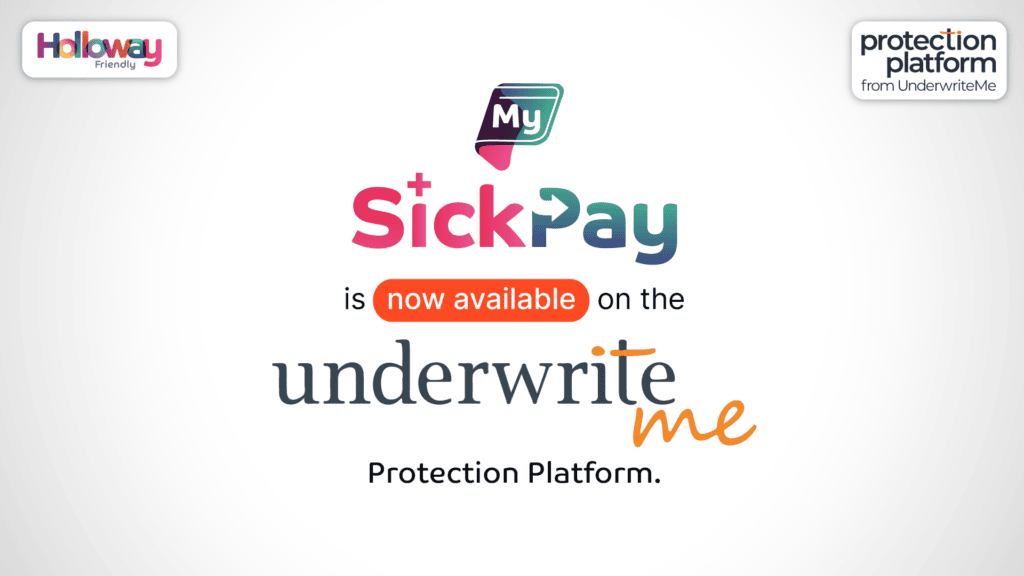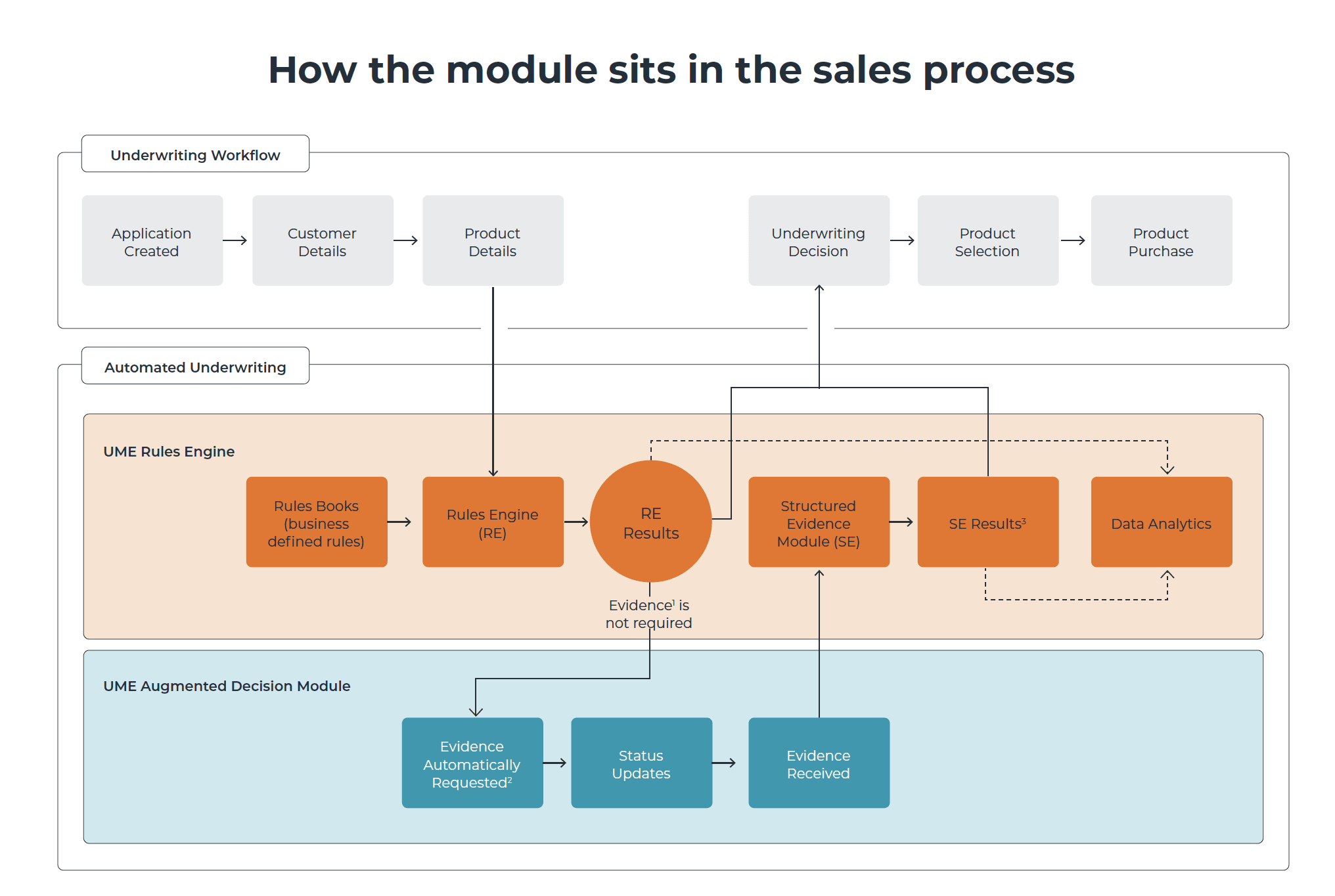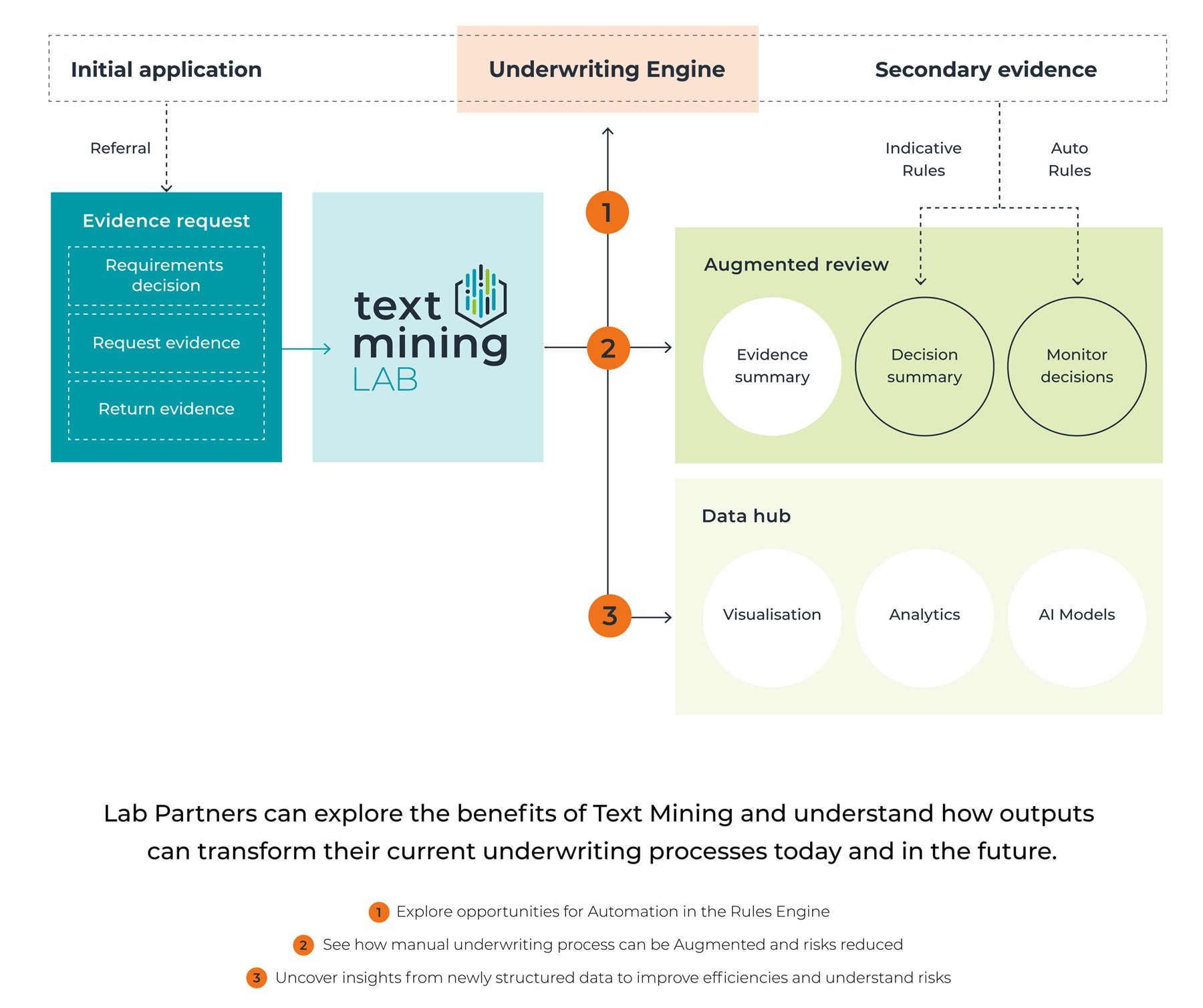April 4, 2022
Why words matter in the Life insurance application process
Before buying something, do you read the terms and conditions? It’s okay if you don’t, you’re not the only one. Fewer than 1 in 10 people read them all. I’m not asking you to stop reading them, but I’m interested in understanding why this happens.
The main problem appears to be words. Too many are used, and sentences are often long and complex. Those of us without a law degree or who lack the patience of a saint can find terms and conditions overwhelming.
Often, when customers see an insurance application form, the same thing happens. To better understand this problem, we looked at what other industries have done to solve it.
In the UK, the average reading age is just nine years old. Newspapers know this and tailor their content. The Sun has a reported reading age of 8, while the Financial Times, despite its target market, has a reading age of 14.
Like the daily press, we want to engage readers. Newspapers make use of a technique known as ‘copy readability’. Articles are written in such a way that they are easy to read, understand, and remember. How is this possible? Look at a newspaper. For emphasis, it’s key words will be in bold or large font. Stories are written in simple, plain English, and sentences are short and simple.
It might sound easy, but when designing an insurance application, it is hard to avoid financial or medical terms. In 2019, we ran applications through online readability tools and found they had an average reading age of 25. Take that age and throw in some unfamiliar medial terms, and it’s little wonder our customers get brain fog
It’s difficult for me to imagine the blank look my 10-year-old would give me if I gave her a form, asked her to read it for half an hour, and then tested her on what it said.
In the end, we found a large age gap between the design and understanding.
Based on this, we began to review our process. Like the daily newspapers, we found that easier-to-understand words and questions are easier to answer.
With the help of underwriters, marketers, and language experts, we made changes. In place of the formal way of asking questions, we chose to make ours clear and simple.
We learned some basic concepts
- People are more likely to pay attention to simple words and short sentences
- Brief, bulleted options lists help focus the mind and give the salesperson a natural break during their conversation
- Put emphasis at the beginning of a question, and the person will be more likely to recall past events. This is called recall bias.
- Where possible, remove medical and financial terms
By applying these concepts, and with better engagement, customers are more likely to trust us, complete the underwriting questions correctly, and come back when it’s time to buy another product.
What do the results tell us?
We cut the reading age from 25 to 15 years old. When medical terms were removed, the age was just 11 years old. In line with daily newspapers, and closing the gap between reading and understanding
There were about one-third fewer words, and insurers kept prices stable, not an easy task when you are dealing with risk. We reduced that risk of brain fog.
It is a quicker journey. With one distributor, it is 16 minutes shorter.
Approximately 5% more people completed the underwriting questions, and there was an increase in sales.
What did we learn?
In an age when time is becoming more valuable. It’s still possible to work together to improve the life insurance buying experience
By making our processes simpler, and focused on the important stuff, we make Life Insurance easier to buy for customers.
UnderwriteMe will continue to improve the insurance application process through our 14 insurer partners on the Protection Platform.






